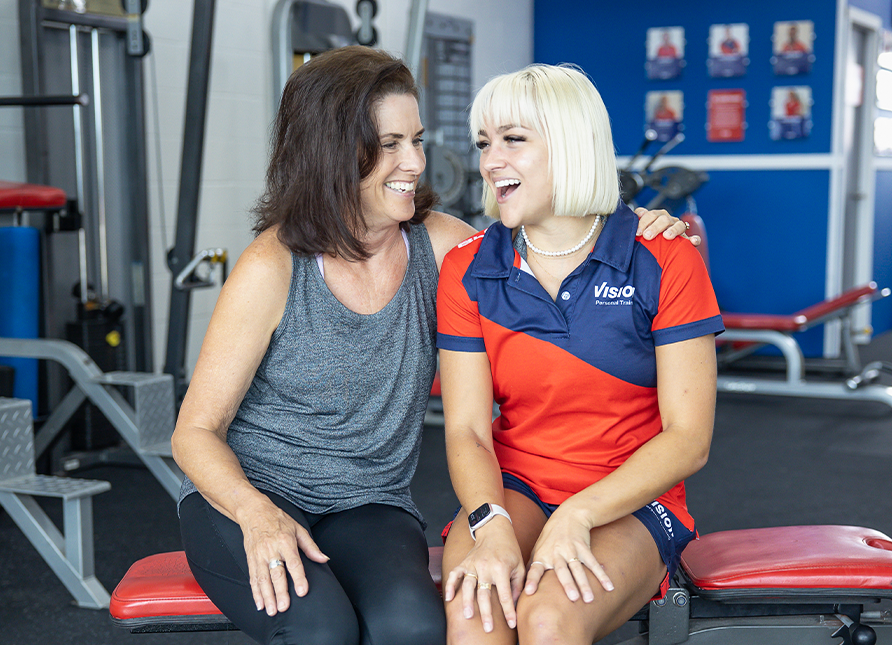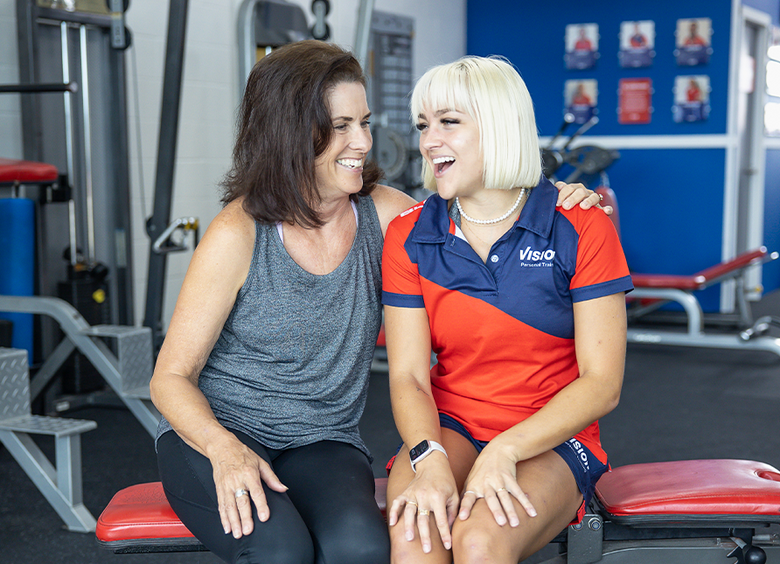Weight training has long been regarded as a male-dominated pursuit, but over the past century, women have increasingly embraced resistance training, defying societal norms and stereotypes. Today, weight training is recognised as a crucial element for women’s health, fitness, and performance, providing a wide range of benefits from metabolic health to improved body composition and enhanced mental well-being. This transformation has not occurred overnight, but through decades of shifting cultural attitudes and increased awareness, resistance training has evolved into a staple of women’s fitness routines.
The Historical Path: Overcoming Barriers and Stereotypes
At the dawn of the 20th century, women had limited access to weight training facilities. In an era where societal norms emphasised femininity, grace, and delicate beauty, physical activity for women was largely seen as a way to maintain health rather than build strength. In fact, heavy physical training was often discouraged, and women were rarely encouraged to lift weights or engage in resistance-based activities.
By the mid-1900s, attitudes began to shift. In the 1950s and 1960s, the landscape of women's fitness began to change with the emergence of women’s gyms. However, these early fitness spaces remained largely focused on aerobic exercises, light resistance work, and flexibility routines, using small weights or resistance bands. Although a step forward, these gyms did little to challenge the cultural perception that women should avoid heavy weightlifting.
A Turning Point: The Rise of Health Clubs and Commercial Gyms
The 1970s and 1980s marked a significant turning point in the fitness industry. Health clubs and commercial gyms began to proliferate, offering a broader range of equipment. Despite this expansion, these gyms were often male-dominated spaces, with equipment that was designed primarily for men in terms of weight and ergonomics. This made weight training less accessible and less inviting for women, perpetuating the stereotype that resistance training was not for them.
Despite these challenges, the 1980s saw the emergence of female fitness icons like Jane Fonda and the rise of aerobic exercises in mainstream culture. Although aerobic classes were the focus of many women’s fitness routines, the groundwork for women’s involvement in resistance training was being laid.
A New Era: Specialised Women’s Gyms and Tailored Equipment
The 1990s ushered in a new era for women’s fitness, with the emergence of specialised gyms and fitness centres specifically catering to the needs of women. These women-focused gyms provided weight training equipment that was more accessible, ergonomic, and designed with female users in mind. As these facilities gained popularity, women began to embrace strength training in greater numbers, discovering its multitude of health benefits.
This period marked a broader cultural shift, where resistance training was no longer viewed as something only suited for men. The focus shifted toward strength building for women, with an emphasis on health, longevity, and functional fitness, rather than just aesthetics.
The 21st Century: Empowerment Through Strength
As we moved into the 21st century, resistance training for women experienced a renaissance. The foundations laid by the specialised women’s gyms in the late 20th century, the rise of female athletes in competitive lifting sports, and the increasing influence of organisations like the National Strength and Conditioning Association (NSCA) all contributed to a shift in how strength training was perceived by both women and society at large.
By the early 2000s, the stigma surrounding women lifting weights began to diminish. With more women incorporating resistance training into their routines, it became widely accepted as a vital component of women’s health. This growing trend was fuelled by scientific research that highlighted the benefits of resistance training, such as improved metabolic health, better bone density, enhanced cardiovascular function, and elevated mood and mental well-being.
Moreover, the media played a crucial role in reshaping perceptions. Social media platforms showcased powerful female athletes and bodybuilders, helping to challenge long-held beliefs about femininity and strength. The visibility of women lifting weights in mainstream fitness culture played a significant role in breaking down stereotypes and encouraging more women to participate in strength training.
The Benefits of Resistance Training for Women
Today, the benefits of resistance training for women are well-documented and widely accepted. Weight training is known to have a positive impact on various aspects of women’s health, including:
- Metabolic Health: Resistance training has been shown to improve insulin sensitivity and aid in weight management, reducing the risk of metabolic diseases like type 2 diabetes.
- Bone Health: Regular weight-bearing exercises increase bone density, which is particularly important for women, as they are more prone to osteoporosis as they age.
- Cardiovascular Health: Strength training supports heart health by improving blood circulation, reducing blood pressure, and helping to regulate cholesterol levels.
- Mental Health and Self-Esteem: Resistance training has a positive effect on mood, reducing symptoms of anxiety and depression, while boosting confidence and self-esteem.
- Body Composition: Weight training helps build lean muscle mass, which increases metabolism and supports fat loss, contributing to a more toned and healthy body.
Looking Forward: The Future of Women’s Weight Training
As awareness and acceptance of resistance training for women continue to grow, there is no doubt that weight training will remain a key element in fitness and health programs for women. Today, resistance training is viewed not just as a way to enhance aesthetics, but as an essential tool for overall health, well-being, and empowerment.
With scientific research, advocacy, and increased representation of women in strength sports, the future of women’s weight training looks bright. As more women embrace the benefits of lifting weights, the stigma continues to fade, and strength training becomes an integral part of fitness culture for all genders.
In conclusion, the evolution of weight training for women has been a remarkable journey from societal constraints and limited access to empowerment and widespread participation. The shift toward greater acceptance and understanding of resistance training reflects a broader cultural transformation toward inclusivity and strength, proving that resistance training is not just for men—it is for everyone.

